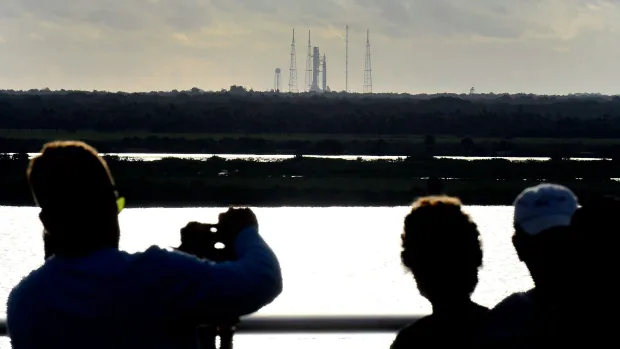
The first Artemis mission, carried by NASA’s new mega-rocket, the SLS (Space Launch System) — the most powerful launcher ever built — has been delayed yet again.
This is the latest in a series of setbacks since the SLS program began in 2011. It’s a troubling delay because the SLS has been in development several years longer than it took NASA to develop a launcher, lander, and land on the moon in the 1960s.
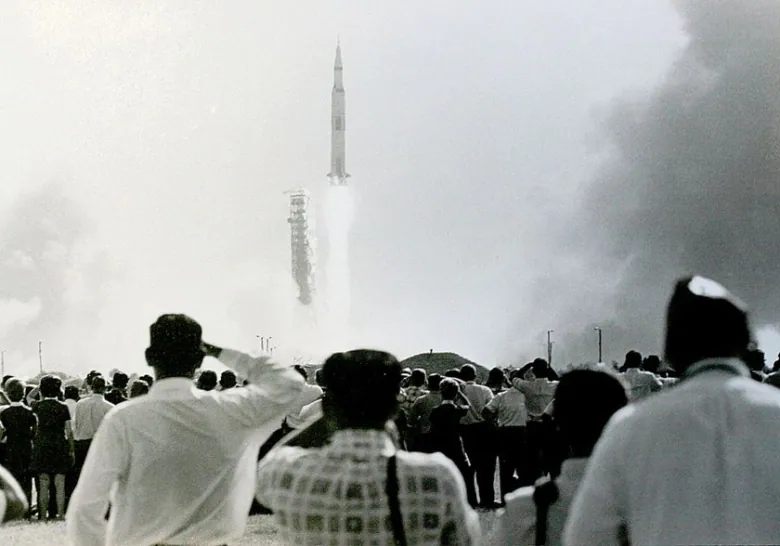
September 12th marks 60 years since President John F. Kennedy announced that the U.S. would attempt to reach the moon by the end of the 1960s. He knew it would be an ambitious — and expensive — venture. Indeed the eventual cost of the entire Apollo program was more than $25 billion US in 1969 dollars, roughly equivalent to $200 billion US today. To guarantee popular support, that work was spread widely across the country, so a broad swath of the population would benefit.
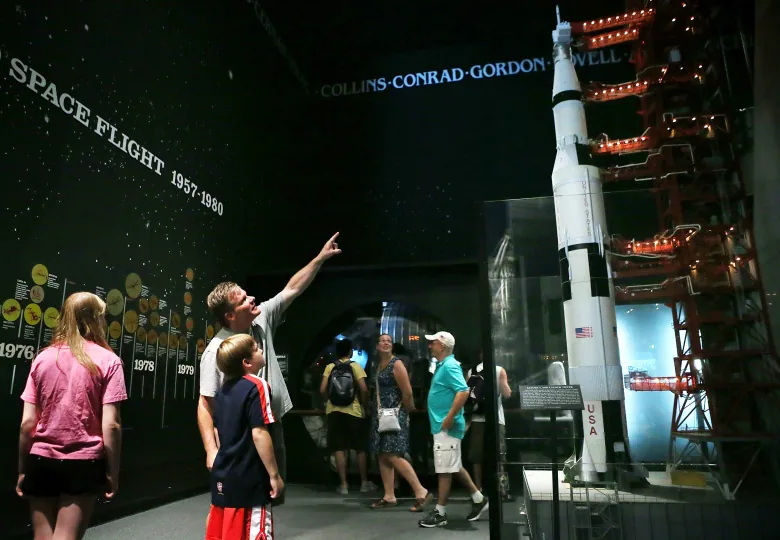
NASA says roughly 400,000 people contributed to the design, construction and flight of the Saturn V rockets, the largest machines to ever fly. Of course, Kennedy’s goal was ultimately achieved when Neil Armstrong and Buzz Aldrin stepped on the moon in 1969.
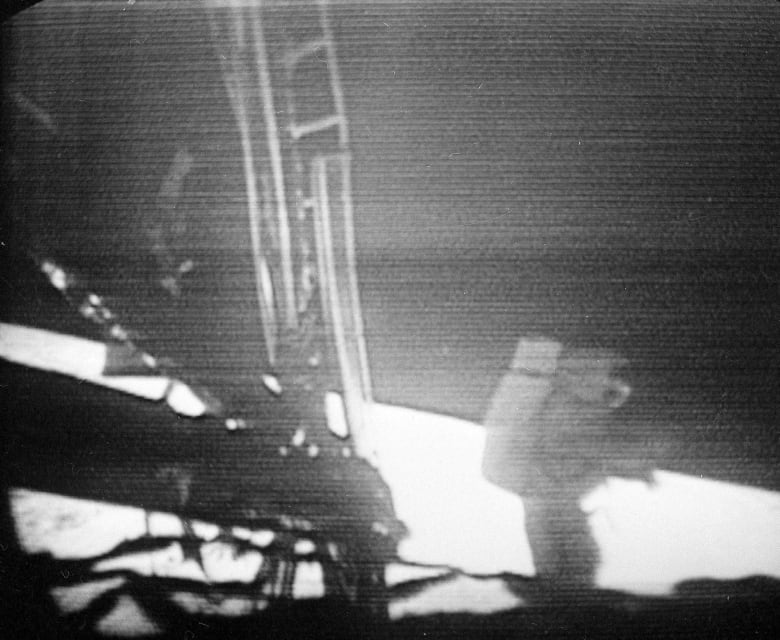
While it was a tremendous achievement, the Apollo program was also a very expensive and cumbersome way to fly in space. Each of the mighty Saturn V rockets was only used once, and expended rockets fell into the sea. If you could remove the water from the Atlantic off the Florida coast, you would find hundreds of rocket boosters lying on the bottom from all the civilian and military launches from Cape Canaveral.
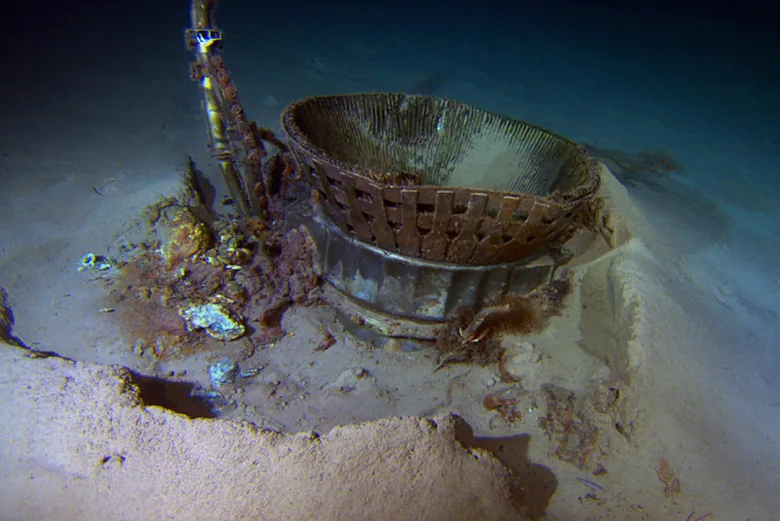
The space shuttles were the first reusable spacecraft, and they successfully flew many missions, including launching the Hubble Space Telescope, and they built the International Space Station. But they did little to reduce the cost of space flight. They turned out to be far more expensive to fly than originally predicted, ultimately costing more than $1 billion US per flight.
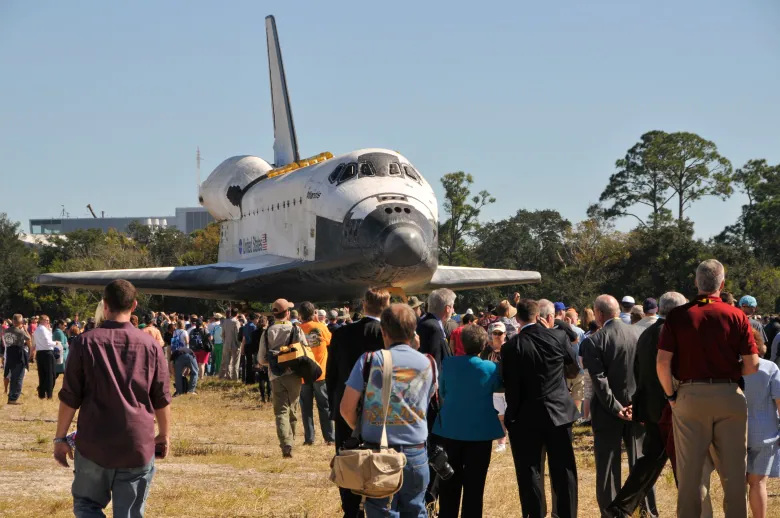
It was during the space shuttle program in 2006 that the idea of repurposing shuttle components to build a new (and hopefully cheaper) heavy-lift vehicle came about. Rather than using a complex shuttle to carry both people and cargo, the idea was to use the solid rocket motors, big orange fuel tank and shuttle engines to carry cargo. A separate vehicle using a single solid rocket booster would carry a small capsule on top to deliver astronauts. This, in its development, became known as the Constellation program.
But it was ill-fated. In 2010, the new Obama administration cancelled the Constellation program and proposed funding private companies such as SpaceX and Blue Origin to build rockets at lower cost.
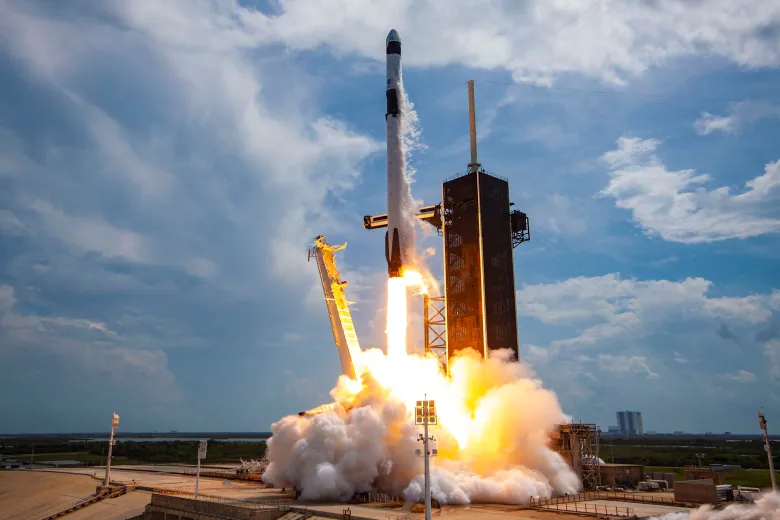
Since then, SpaceX has proven it can indeed build fully reusable rockets such as the Falcon 9 that is now delivering satellites to orbit and cargo and astronauts to the International Space Station. The 2022 price of a Falcon 9 launch is reported to be $67 million US. SpaceX can launch at this price — far lower than its competitors — partly because it reuses its rockets. Some of its boosters have flown to space more than ten times.
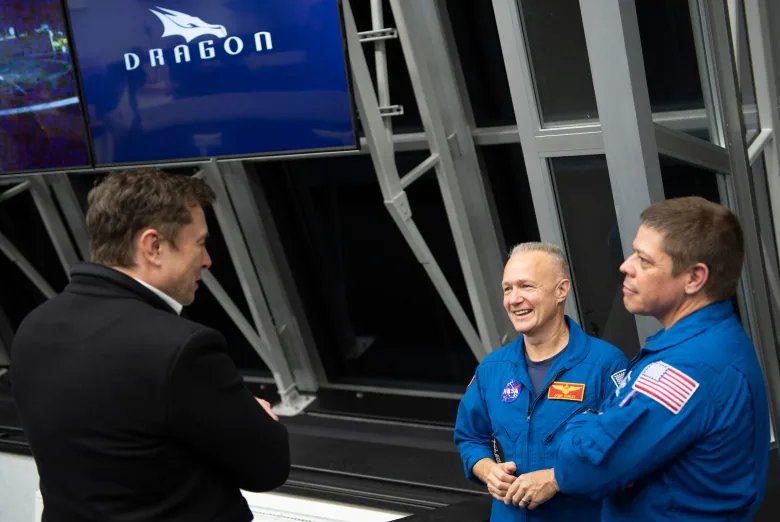
However, wile Obama cancelled the Constellation program as a whole, the U.S. congress voted to continue funding elements of the Constellation program, including rocket development, in order to protect the jobs it supported, and it was ultimately revived a year later as the SLS. In 2017, under President Trump, it became part of the Artemis program, which refocused NASA on moon exploration, and in which Canada is a participant.
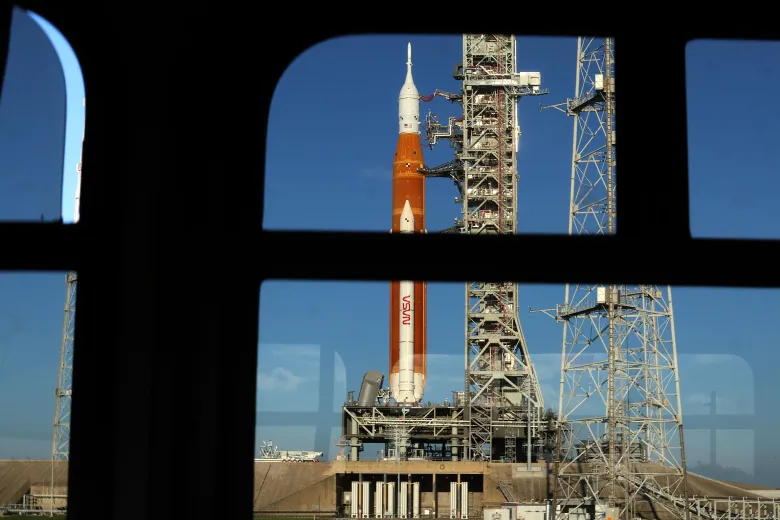
SLS was originally meant to launch in 2017. And now, in 2022, we’re still waiting. To date an estimated $23 billion US has been spent on its development. Current estimates are that each SLS launch will cost $4.1 billion US per launch. More than half a century after humans walked on the moon, and in a period of time comparable to the entire Apollo program, the SLS — sometimes referred to by critics as the “Senate Launch System” — has yet to fly once. And when it does, most of its parts will end up in the ocean. These rockets are not reusable.
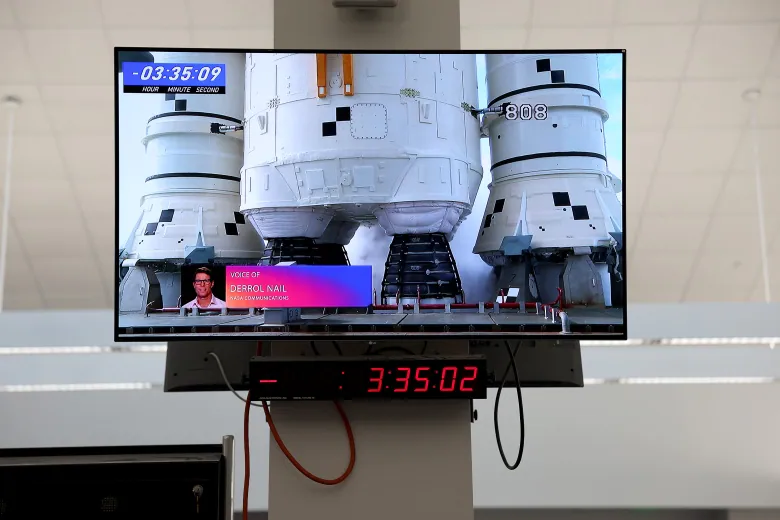
Meanwhile, SpaceX is developing its own, reusable, mega-rocket called Starship that is intended to reach both the moon and Mars, and that will cost far less than SLS. So far it’s had test flights and landings, some with spectacularly destructive outcomes, but it has yet to fly to space.
In fact, SpaceX’s Starship is already planned to be an essential part of the Artemis program.
While the SLS rocket will be able to carry people to lunar orbit, it cannot land on the surface. A separate vehicle will be needed to ferry astronauts down and back from the landing site. That role was also sent out for bids by NASA and the winner for the first landing was SpaceX, using a variation on Starship. Other companies have been invited to bid on future landers.
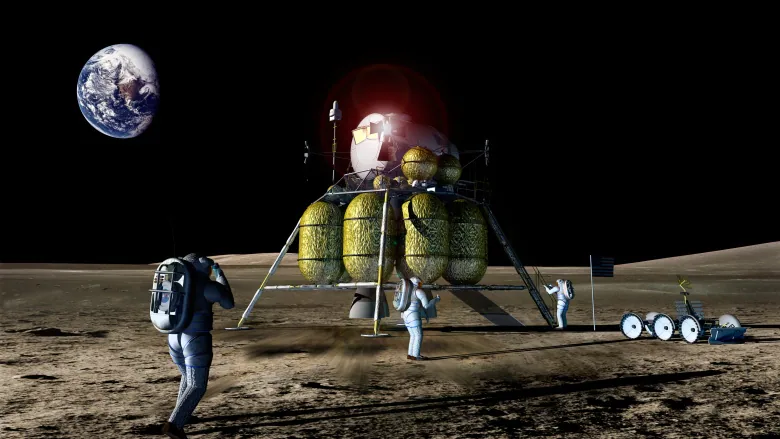
So in the end, NASA could have access to at least two mega-rockets: one very expensive one that only flies once every few years, built by many hands and many companies in the traditional NASA way, and a cheaper workhorse built in-house by SpaceX.
While this might seem wasteful, especially as costs and delays mount, the traditional system may still have value. Despite criticisms of the Artemis program, it has provided employment for thousands of people and businesses across the U.S., Europe and Canada. It has also kept the technical knowledge of space flight alive. And that knowledge has been passed on to the private sector similar to the way military aviation technology developed in the Second World War was handed over to the airline industry.
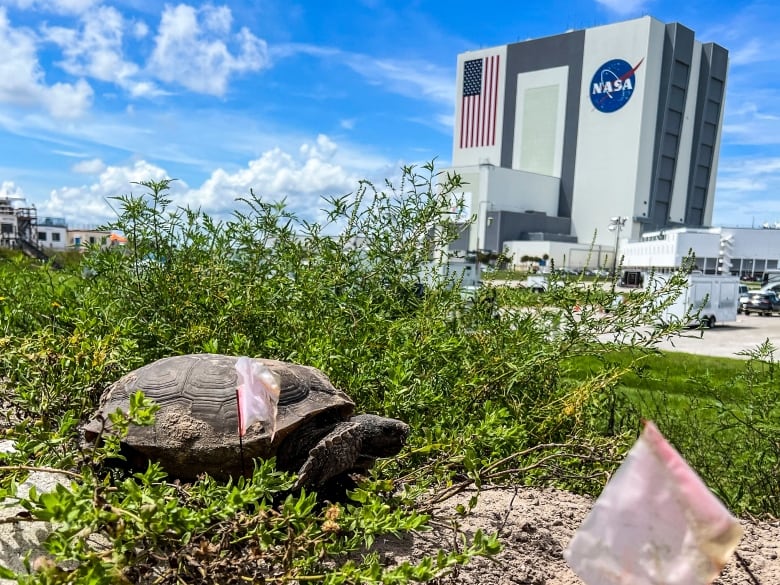
NASA is a government organization that can take on new mega-projects that push the frontiers of technology and exploration, while providing new high-tech jobs along the way. That is what got the U.S. to the moon in the first place and is providing the incentive to return now.
The last time we went to the moon, public and government support waned after six landings, forcing the Apollo program to be cut short. NASA says it is going back to the moon this time to stay and work. It could be that this new era of public and private space exploration is just beginning.